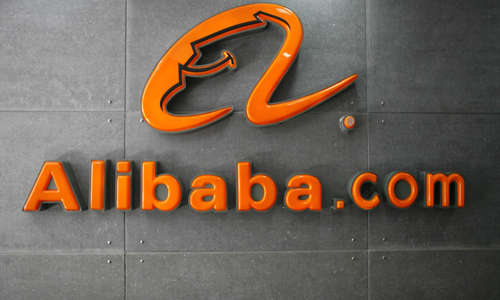With new payments and shipping features, Alibaba continues push into US

Alibaba is continuing its push to enter the U.S. market.
This week, the Chinese e-commerce giant announced new features aimed at wooing more small-to-medium-sized businesses (SMBs) to use its platform — especially those in the B-to-B space. The features included a payments program that gave clients more flexible payment terms so they could space out paying for goods for up to 60 days, a new freight shipping option for bulk orders as well as a series of live-streamed trade shows.
These are all incremental additions to Alibaba’s overall U.S. program, but show the company trying to zero in on SMBs now.
It’s not alone. Facebook opened up its new Shops program, allowing businesses to sell items directly through the social network and Instagram and Google offered $340 million in ad credits to SMBs. Shopify too has unveiled a bunch of new features aimed at smaller merchants, including balance sheet handling solutions and new fulfillment capabilities.
The mandate is clear: more people are shopping online and smaller businesses are the ones that have yet to fully take the plunge. Amazon’s recent earnings showcase just how big online growth is; sales sprung up 26% in the first quarter of this year. The current war is about wooing more before-analog businesses onto a platform to facilitate digital sales.
Alibaba has spent nearly a year trying to make its case to U.S. businesses. Last July, the company put on a nationwide tour to highlight its B-to-B platform. Then, some businesses were unsure about whether Alibaba’s program was right for them, but many seemed worried about growth of Amazon dominance. At the time, Google and Amazon combined controlled about one-third of the United States’s B-to-B sales.
A year ago, focusing on smaller businesses in the B-to-B space likely seemed like a way to get a foot in the door that isn’t directly competing with Amazon’s consumer-facing platform. Amazon’s Business program, while less publicized than its marketplace counterpart, was estimated to bring in $16 billion in revenue in 2019, up from $10 billion the year before. The global pandemic, however, accelerated Alibaba’s opportunity. “SMBs represent a huge part of the economy,” said Andrew Lipsman, principal analyst at eMarketer. “Many of them are not fully digital.”
Ad position: web_incontent_pos1
Now many of these companies are in a state of panic. With most stores and facilities closed, every business is realizing the need to have at least some of their programs online. “It’s a totally new reality,” said Lipsman. Thus, all of the big platforms “are making their play.”
For Alibaba, it’s a difficult sell. While a leader in Asia, it’s still relatively known in the U.S. The strategy now is to create programs that make it easier financially to make the digital transition — as well as make the point that it’s not Amazon. “Many brands or manufacturers have resisted Amazon now feel like their backs are against the wall,” said Lipsman.
Now, he went on, is a moment when platforms are “trying to reach [SMBs] when they may be more receptive to adopt new channels.”

